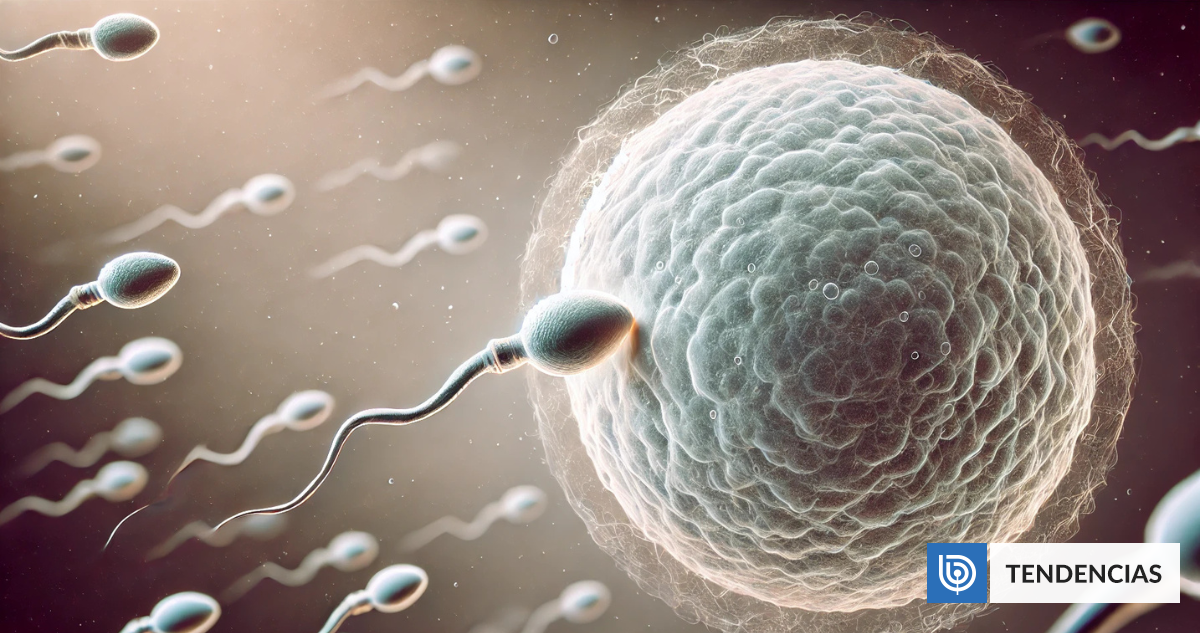The artificial intelligence program AlphaFold has revealed key molecular details about the fertilization process, revealing how sperm and egg connect precisely to allow reproduction in a wide range of vertebrates.
This discovery, published on October 17, 2024 in the scientific journal Cellindica Natureopen a new window to the knowledge of one of the biological processes more fundamental and could have implications for the study of infertility.
The AlphaFold program has two developers who received part of the 2024 Nobel Prize in Chemistry.
This Artificial Intelligence specializes in predict protein structurehas identified a group of three proteins in sperm that act together to facilitate union with the egg.
Previously, it was believed that only two proteins—one in the egg and one in the sperm—were sufficient to ensure fertilization, however, the new findings show that the process is more complex than was thought.
The research, led by Andrea Pauli, a molecular biologist at the Research Institute of Molecular Pathology in Vienna, showed that this trio of proteins is essential for fertilization in zebrafish and mice. Laboratory studies confirmed that the three proteins interact in the sperm of these animals, as well as in that of humans, demonstrating that they are crucial for the reproductive process.
In the case of zebrafish, the team discovered that this set of proteins forms a binding site that connects to an egg protein called Bouncerallowing cells to recognize and unite.
This is how the sperm and the egg connect: A new vision of the reproductive process
This finding challenges the traditional view of fertilization as a relatively simple process, in which only two proteins are needed for the sperm and egg to join.
Instead, the study demonstrates that the cooperation of multiple proteins is necessary to ensure reproductive success. “It is no longer the concept of a key and a lock to open the door”says Enrica Bianchi, a reproductive biologist at the University of Rome Tor Vergata, who was not involved in the research. “It’s more complicated,” he added.
The relevance of this discovery lies not only in the understanding of how fertilization occurs, but in its possible applications.
Gavin Wright, a biochemist at the University of York, suggests that this knowledge could eventually help diagnose fertility problems in humansallowing specialists to identify whether failures in this protein complex could be the cause of reproductive difficulties.
This advance, enabled by artificial intelligence, also highlights the value of tools like AlphaFold in scientific research, especially in areas where traditional experiments are difficult.
The prediction of protein interactions using computational models opens new possibilities for the study of complex biological processes that were previously difficult to address.


